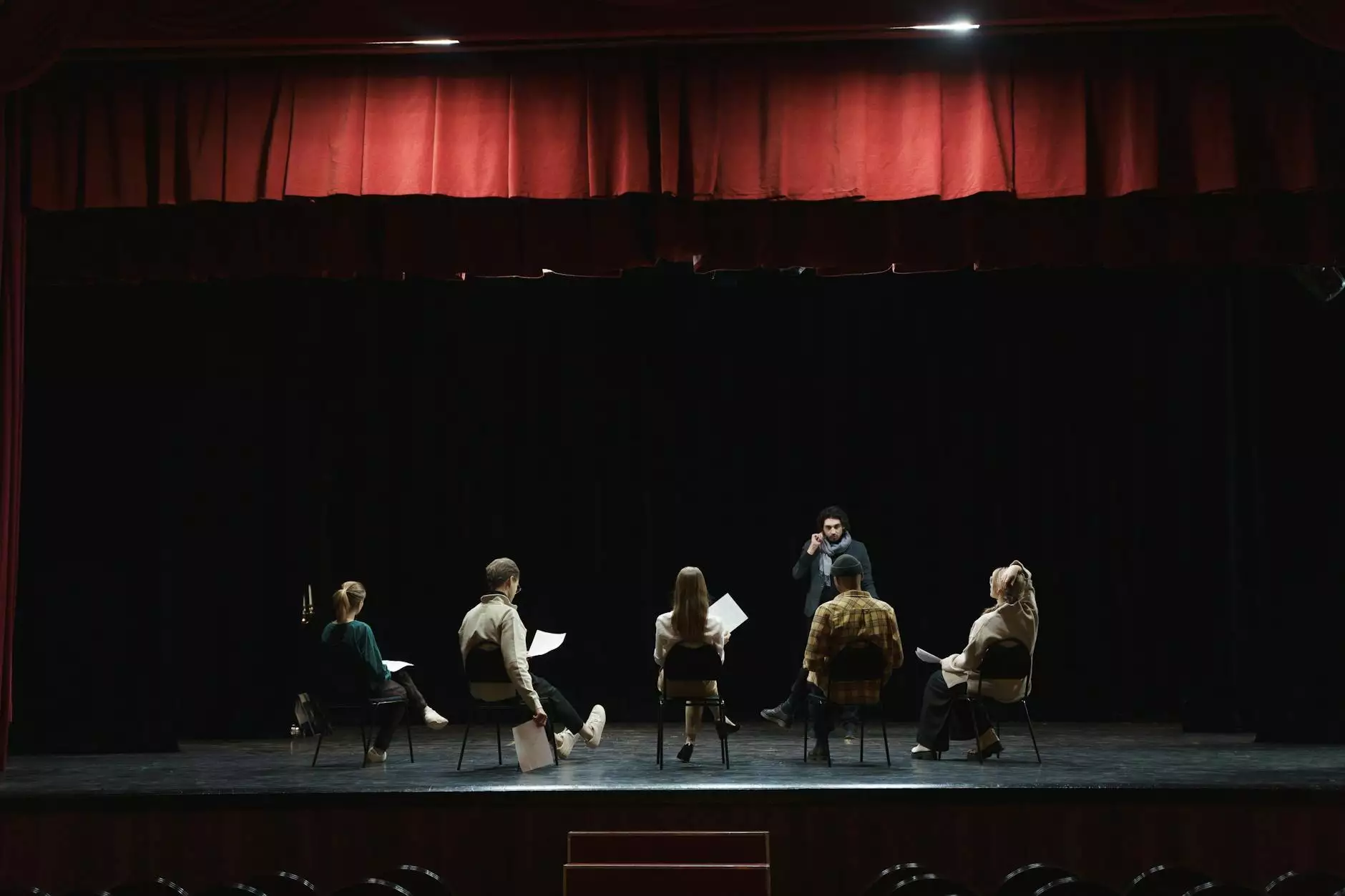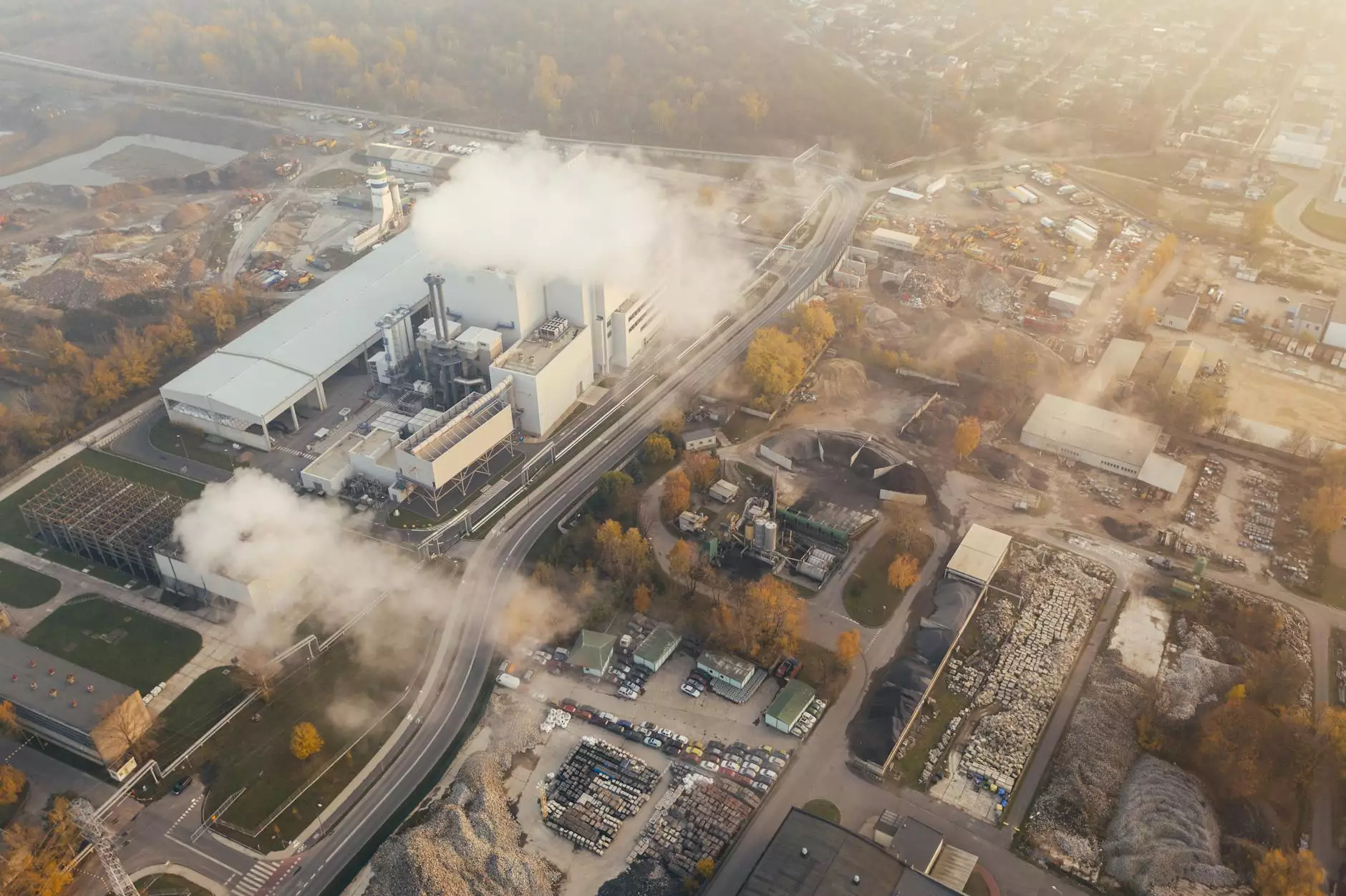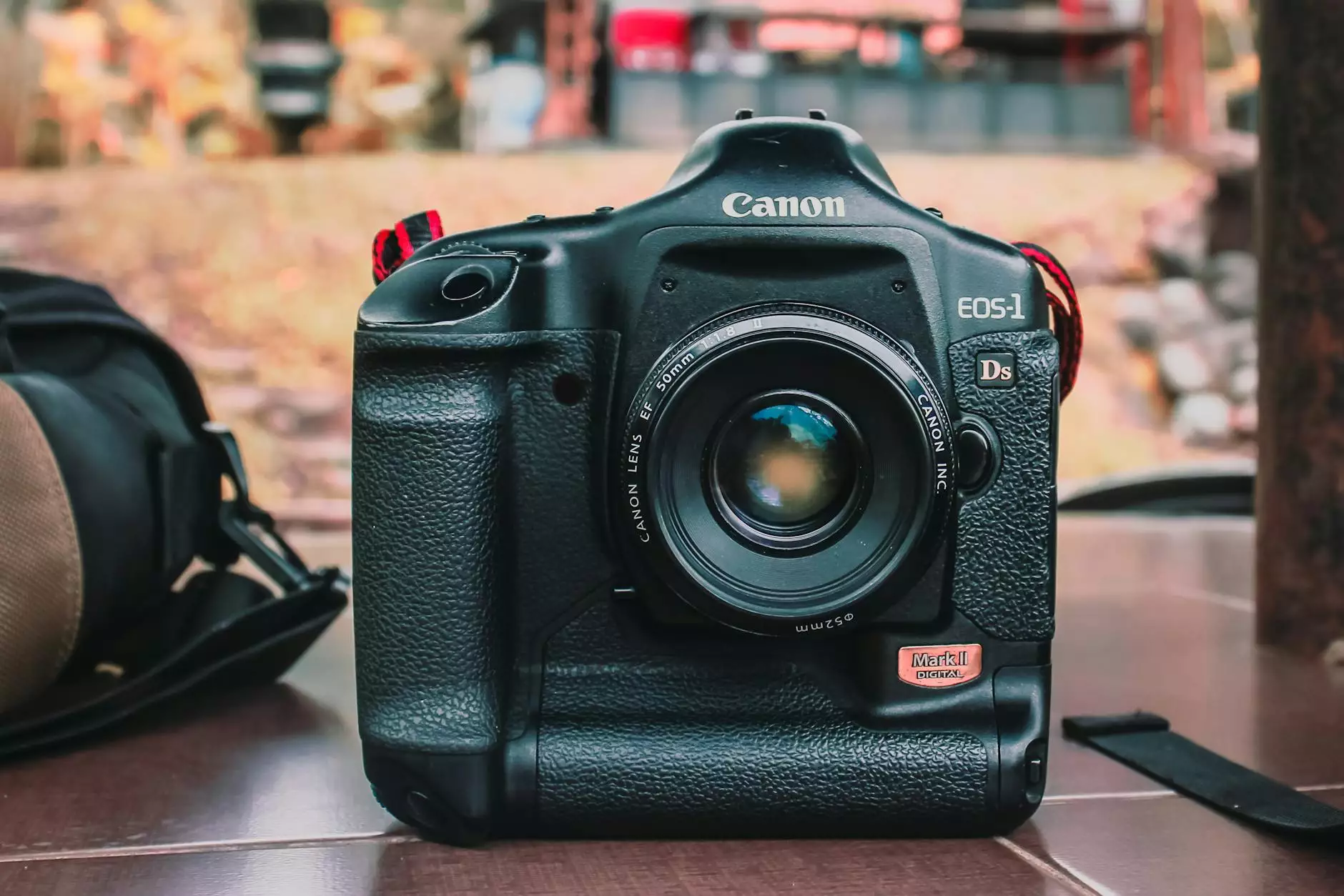Physical Theatre Practitioners Techniques - Thesis Example

Introduction
Welcome to The Knowledge Nest's comprehensive thesis example exploring the techniques employed by physical theatre practitioners. Within this page, you will find detailed insights and analysis, providing a deeper understanding of this captivating art form.
Understanding Physical Theatre
Physical theatre is an expressive performing art that combines movement, gesture, and physicality to convey emotions, ideas, and narratives. Unlike traditional forms of theatre, physical theatre emphasizes the body as the primary tool for storytelling. It is a dynamic and visually evocative form of performance, captivating audiences through its unique blend of creative expression.
The Key Attributes of Physical Theatre
In physical theatre, performers utilize various techniques to engage audiences on a visceral level. Some key attributes include:
- Mask Work: Masks are used to alter the performer's identity, enabling them to explore different characters and emotions.
- Mime: Mime techniques are employed to convey actions, objects, and imaginary environments without the use of words.
- Gestural Language: Physical movements and gestures communicate complex ideas and emotions, transcending language barriers.
- Choreography: The precise arrangement of movements creates compelling visual narratives and enhances the overall artistic expression.
- Object Manipulation: Everyday objects are transformed into symbolic elements, adding depth and symbolism to the performance.
- Partnering: Collaborative movements between performers establish strong connections and enhance storytelling through physical interactions.
Famous Physical Theatre Practitioners
Over the years, numerous influential physical theatre practitioners have contributed to the development and evolution of this art form. Some of the most notable include:
- Jacques Lecoq: Renowned for his approach to physical training and movement analysis.
- Marcel Marceau: Celebrated for his mastery of mime and the creation of beloved mime characters.
- Rudolf Laban: Known for his work in movement analysis and development of Labanotation, a system for recording and analyzing movement.
- Pina Bausch: Acclaimed for blending elements of dance, theatre, and expressionism.
- Complicite (formerly Théâtre de Complicité): Renowned for their collaborative physical theatre works that push artistic boundaries.
Techniques Explored in Our Thesis Example
In our thesis example, we delve into the following physical theatre techniques:
1. Mask Work
Mask work is an integral part of physical theatre, allowing performers to embody and explore various characters. We explore the history and significance of masks, as well as the transformative power they hold on stage.
2. Mime Techniques
Mime techniques form the foundation of physical theatre, enabling performers to communicate without words. Our thesis example provides in-depth insights into the intricacies of mime, its expressive capabilities, and the training required for mastery.
3. The Language of Gestures
Physical theatre relies heavily on gestures as a means of communication. Our analysis focuses on the different types of gestures used in physical theatre, their cultural implications, and their role in storytelling.
4. Choreography and Narrative
The arrangement and sequencing of movements through choreography play a crucial role in capturing the audience's attention and conveying the intended emotional impact. We explore the connection between choreography and narrative development in physical theatre performances.
5. Object Manipulation and Symbolism
Objects can be transformed into powerful symbolic elements within physical theatre performances. Our thesis example delves into the techniques used to manipulate objects, as well as the symbolism associated with their usage.
6. Partnering and Physical Interactions
Physical interactions between performers create compelling dynamics on stage. We analyze the techniques behind partnering in physical theatre, the significance of non-verbal communication, and the establishment of connection and trust between performers.
Conclusion
The Knowledge Nest's thesis example on physical theatre practitioners' techniques offers a comprehensive exploration of this captivating art form. Through detailed analysis and insights, we aim to deepen your understanding of physical theatre, its key attributes, influential practitioners, and the techniques employed to create memorable performances. Whether you are a student, enthusiast, or artist, our thesis example serves as a valuable resource to enhance your knowledge and appreciation of physical theatre.









